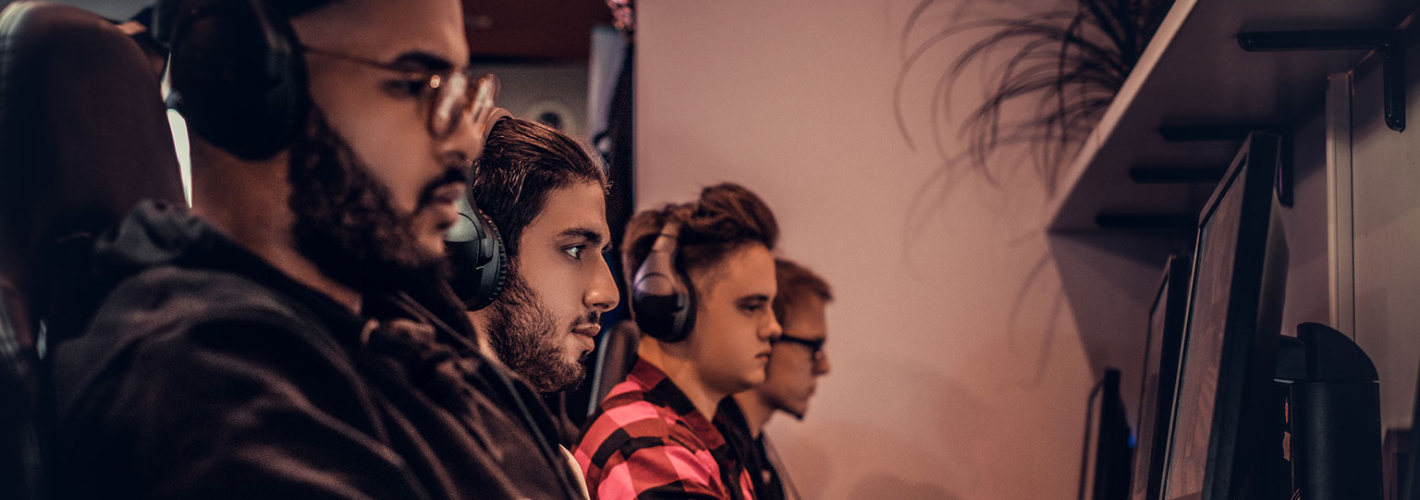
Performance Vision Training And E-Sports
Published:
Athletes are perceived to have the ideal bodies. They have the right weight, body fat, height, and even athletic abilities. For an athlete to perform at his or her peak, they must be very good at their skill. For some athletes, speed, strength, agility, or flexibility is required. However, one thing remains constant for all athletes.
For athletes to perform at their peak, they must have good visual skills. Good visual skills go beyond being able to see well. Performance Vision training helps athletes to broaden their vision so that they can be in a good position to win in their game.
What Does Performance Vision Training Entail?
Dynamic visual acuity: Visual acuity refers to how clear your vision is. If you train your eyes to have dynamic visual acuity, then you can see objects better than normal people. This especially helps athletes who have to track objects that are too far away as well as fast-moving objects. It also helps a lot with focusing on small targets.
Peripheral Vision
Peripheral vision or side vision is the ability to see objects that are not directly ahead of you. Athletes need to see their teammates as well as stay alert of the environment around them. If they can see well on the sides without turning their head so much, they focus better.
Eye-Tracking
Eye-tracking is the ability to measure another person’s gaze to predict their movements. This can help athletes to measure up against their opponents if they can read their next move. Eye-tracking also helps athletes to follow moving objects without turning the head too much.
Eye-Hand and Body Coordination
Every athlete should have good eye-hand and body coordination. This way, when they see something, the rest of the body can react immediately and do what is required.
Depth Perception
Depth perception refers to the ability to judge objects that are not within visual range. Athletes should be able to tell the distance between themselves and their teammates. Depth perception helps to estimate speeds, distances, and targets, as well.
Visualization and Visual Memory
Athletes need to sharpen their visual memory so that they can react fast. They also need to be cognitively sharp in their visualization so that they can anticipate outcomes and actions.
Color detection and vision: some sports require athletes to have impeccable color detection. The slightest variation in colors can give false indications, causing false actions.
Visual Concentration: Athletes compete in fields full of distractions. Fans, screens, noise, competitors, name it. The athlete has to be trained to focus on the game. Averting eyes on what is going on around them can cost them a lot.
What About E-Sports?
E-sports are a form of competition that is held on online platforms. They are multiplayer video games that are held between professional players or teams. For the longest time, e-sports have not been considered real sports. People perceived them as hobbies and fun games. However, the way the world is evolving, online gaming platforms are becoming very serious gaming platforms. E-sports athletes are even going for performance vision training to enable them to compete better.
Learn more about performance vision training and e-sports, contact Horizon Eye Care & Optical in Sugar Land, TX at (281) 313-2020.
